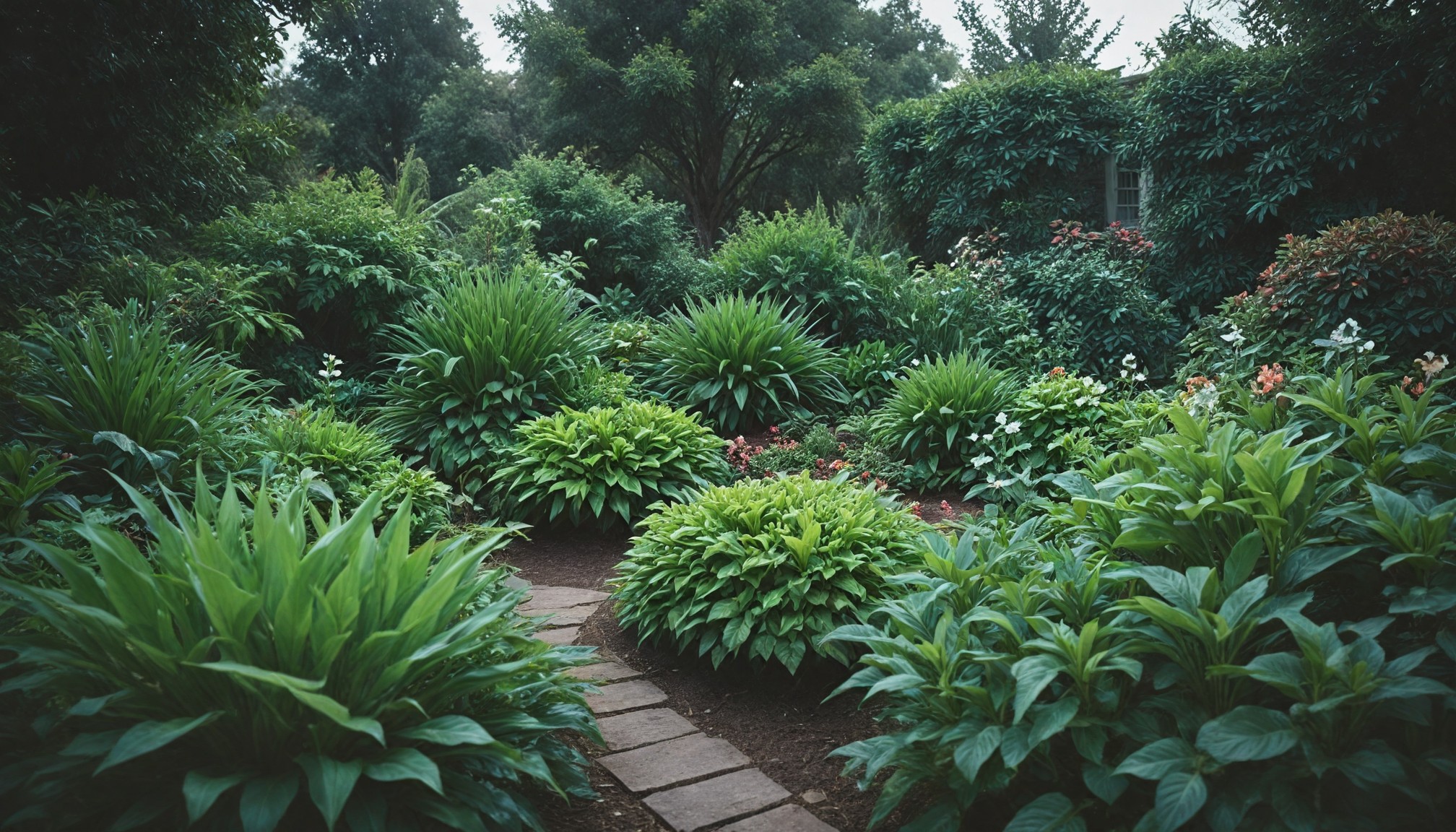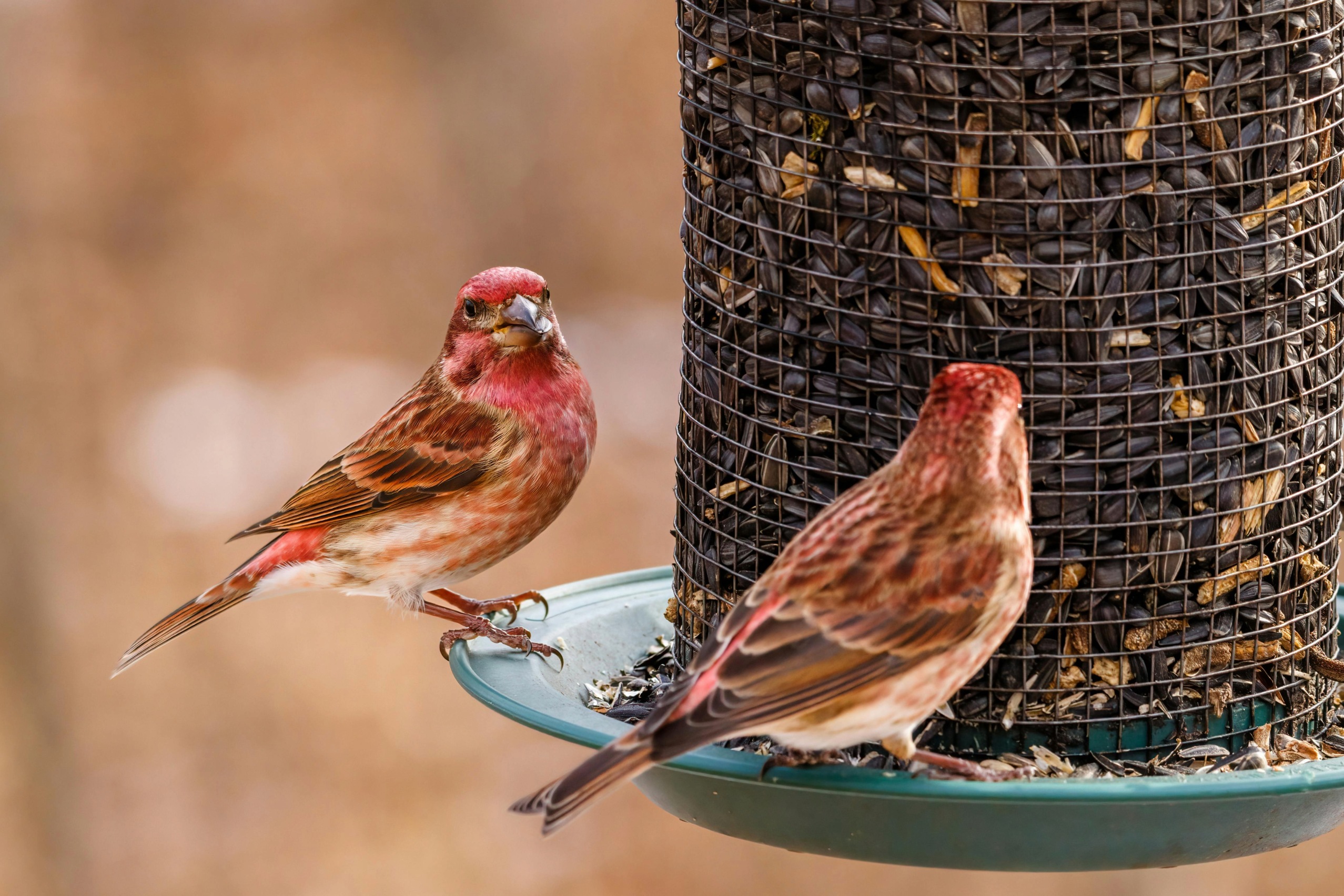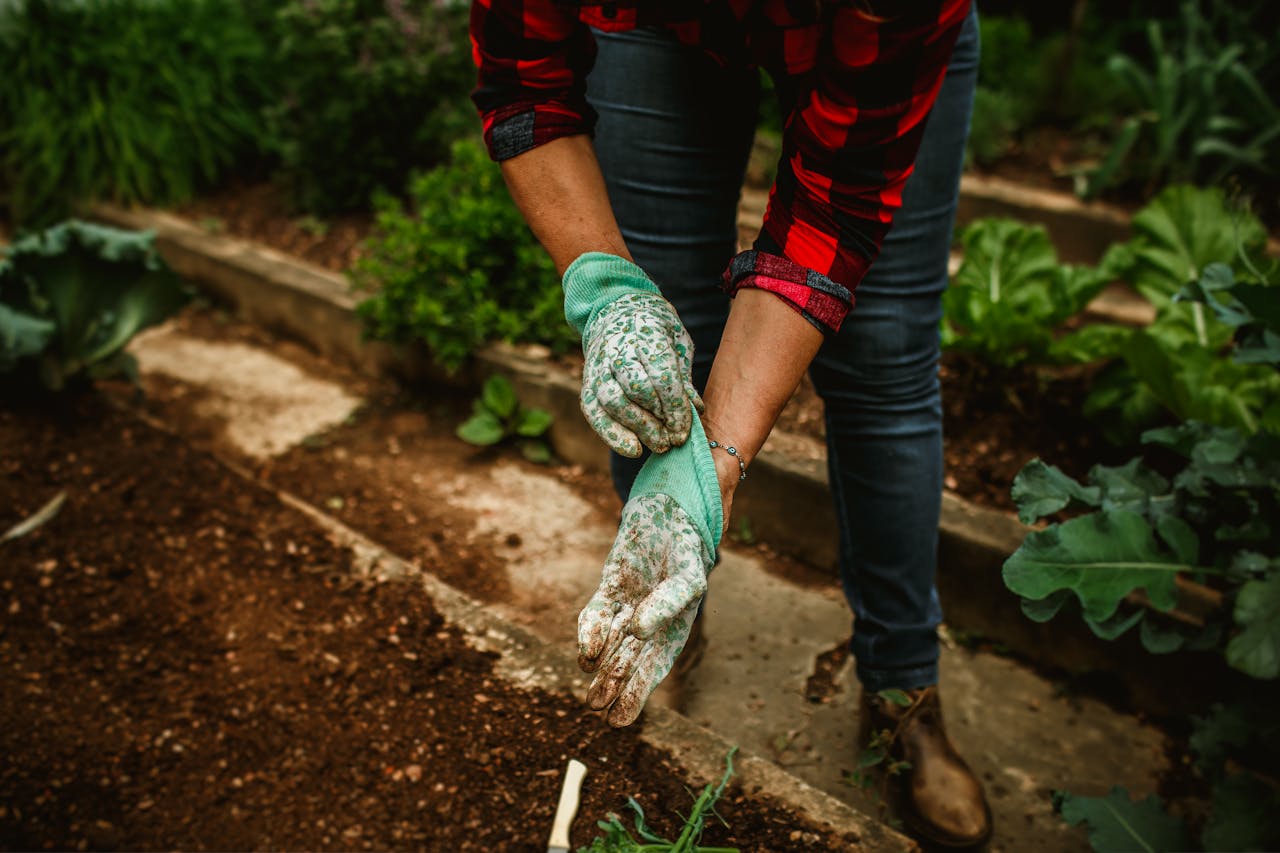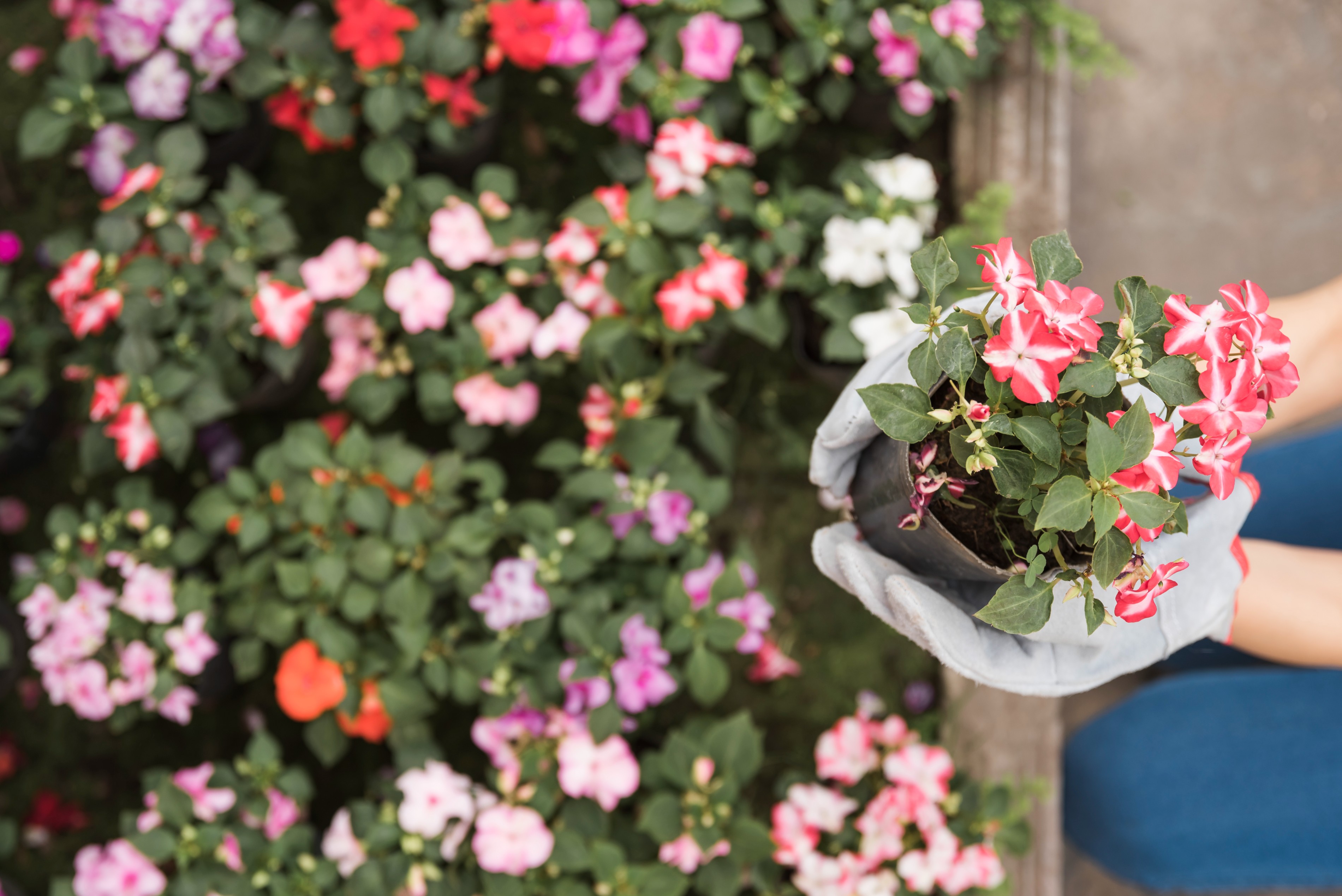
The Ultimate Guide to Eco-Friendly Gardening: Transform Your Garden into a Green Oasis
Introduction: Gardening is a fulfilling activity that connects us with nature and provides a sanctuary of beauty and tranquility. By adopting eco-friendly gardening practices, you can enhance the sustainability of your garden, reduce your environmental impact, and contribute to a healthier planet. This comprehensive guide covers essential strategies for creating an eco-friendly garden that thrives while minimizing harm to the environment.
1. Planning Your Eco-Friendly Garden:
a. Design for Sustainability: Start by designing a garden layout that maximizes natural resources and minimizes waste. Consider incorporating features such as rain gardens to manage runoff, native plantings to support local wildlife, and permaculture principles to create a self-sustaining ecosystem.
b. Choose Native Plants: Select plants that are native to your region. Native plants are adapted to local soil and climate conditions, require less water and fertilizer, and provide crucial habitat for local wildlife. They also reduce the need for chemical pesticides and herbicides.
2. Soil Health and Conservation:
a. Building Healthy Soil: Healthy soil is the foundation of a thriving garden. Improve soil fertility by adding organic matter such as compost, leaf mold, and well-rotted manure. Avoid synthetic fertilizers that can degrade soil health and pollute waterways.
b. Implementing No-Till Practices: Adopt no-till or reduced-till gardening techniques to preserve soil structure, enhance water retention, and reduce erosion. Tilling disrupts soil ecosystems and can lead to increased weed growth and soil degradation.
c. Erosion Control: Prevent soil erosion by planting ground cover crops or using mulch. Mulch helps retain moisture, reduce weed growth, and protect soil from erosion caused by wind and rain.
3. Water Conservation Techniques:
a. Efficient Watering: Water your garden during the cooler parts of the day, such as early morning or late evening, to reduce evaporation. Use a soaker hose or drip irrigation system to deliver water directly to plant roots, minimizing waste and ensuring efficient use of water.
b. Rainwater Harvesting: Collect rainwater using rain barrels or cisterns. Rainwater is free of chemicals and provides a natural source of irrigation. Use it to water your garden during dry periods and reduce your reliance on municipal water supplies.
c. Gray Water Recycling: Consider recycling gray water from sinks, showers, or washing machines for garden use. Ensure that any soaps or detergents used are biodegradable and non-toxic to plants.
4. Sustainable Pest and Disease Management:
a. Integrated Pest Management (IPM): Implement IPM strategies to manage pests and diseases naturally. Use physical barriers, such as row covers, to protect plants from insects. Introduce beneficial insects like ladybugs and lacewings to control pest populations.
b. Organic Pesticides: If necessary, use organic or natural pesticides derived from plant extracts or minerals. Avoid chemical pesticides that can harm beneficial organisms and disrupt the ecosystem.
c. Companion Planting: Utilize companion planting to deter pests and boost plant health. For example, planting marigolds alongside tomatoes can repel nematodes, while planting garlic near roses can deter aphids.
5. Energy-Efficient Gardening:
a. Solar-Powered Garden Lights: Replace traditional garden lights with solar-powered alternatives. Solar lights use renewable energy from the sun and reduce electricity consumption, making them an eco-friendly choice for garden illumination.
b. Greenhouse Efficiency: If using a greenhouse, optimize energy efficiency by incorporating passive solar design. Use thermal mass materials to retain heat, install energy-efficient ventilation systems, and use shade cloths to regulate temperature.
6. Eco-Friendly Garden Products:
a. Biodegradable Pots and Planters: Choose biodegradable pots and planters made from materials like coconut coir, bamboo, or recycled paper. These options break down naturally and reduce plastic waste.
b. Sustainable Garden Tools: Invest in garden tools made from sustainable materials, such as bamboo handles or recycled metals. Opt for durable, high-quality tools that will last longer and reduce the need for replacements.
7. Composting and Waste Management:
a. Home Composting: Set up a compost bin or tumbler to recycle kitchen scraps and garden waste. Composting reduces landfill waste and creates nutrient-rich compost that improves soil fertility.
b. Vermicomposting: Consider vermicomposting using worms to break down organic waste into nutrient-dense worm castings. This method is highly efficient and produces high-quality compost.
8. Encouraging Wildlife and Biodiversity:
a. Creating Wildlife Habitats: Incorporate features such as bird feeders, butterfly houses, and native flowering plants to attract and support wildlife. A biodiverse garden promotes ecological balance and enhances the beauty of your outdoor space.
b. Pollinator-Friendly Practices: Support pollinators like bees, butterflies, and hummingbirds by planting nectar-rich flowers and providing habitat features such as bee hotels and butterfly puddling stations.
Conclusion: Creating an eco-friendly garden is a rewarding endeavor that benefits both the environment and your well-being. By adopting sustainable practices in soil management, water conservation, pest control, and product usage, you can cultivate a beautiful and functional garden while minimizing your ecological footprint. Embrace these principles to transform your garden into a green oasis that supports a healthier planet and enriches your gardening experience.
Recent articles from Gardening

How to Choose a Bird Feeder / Where to Install It and What to Fill It With
To watch birds and help them survive the hungry times, you don't necessarily have to go outside: simply hang a bird feeder on your balcony or window. We explain the advantages and disadvantages ...

Upcycling Old Garden Tools: Creative Projects for Sustainable Gardening
Introduction: Transforming old or unused garden tools into functional and decorative items is a fantastic way to practice sustainability while adding unique touches to your gard...

Feng Shui: Plants in the Garden
Trees in the Garden
It is best to plant trees with a rounded crown in the garden, as they will harmonize with the other elements of the garden. If you do not live in a mountainous area, ...